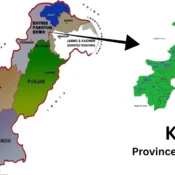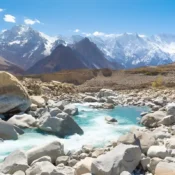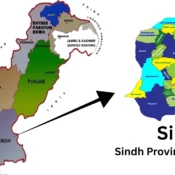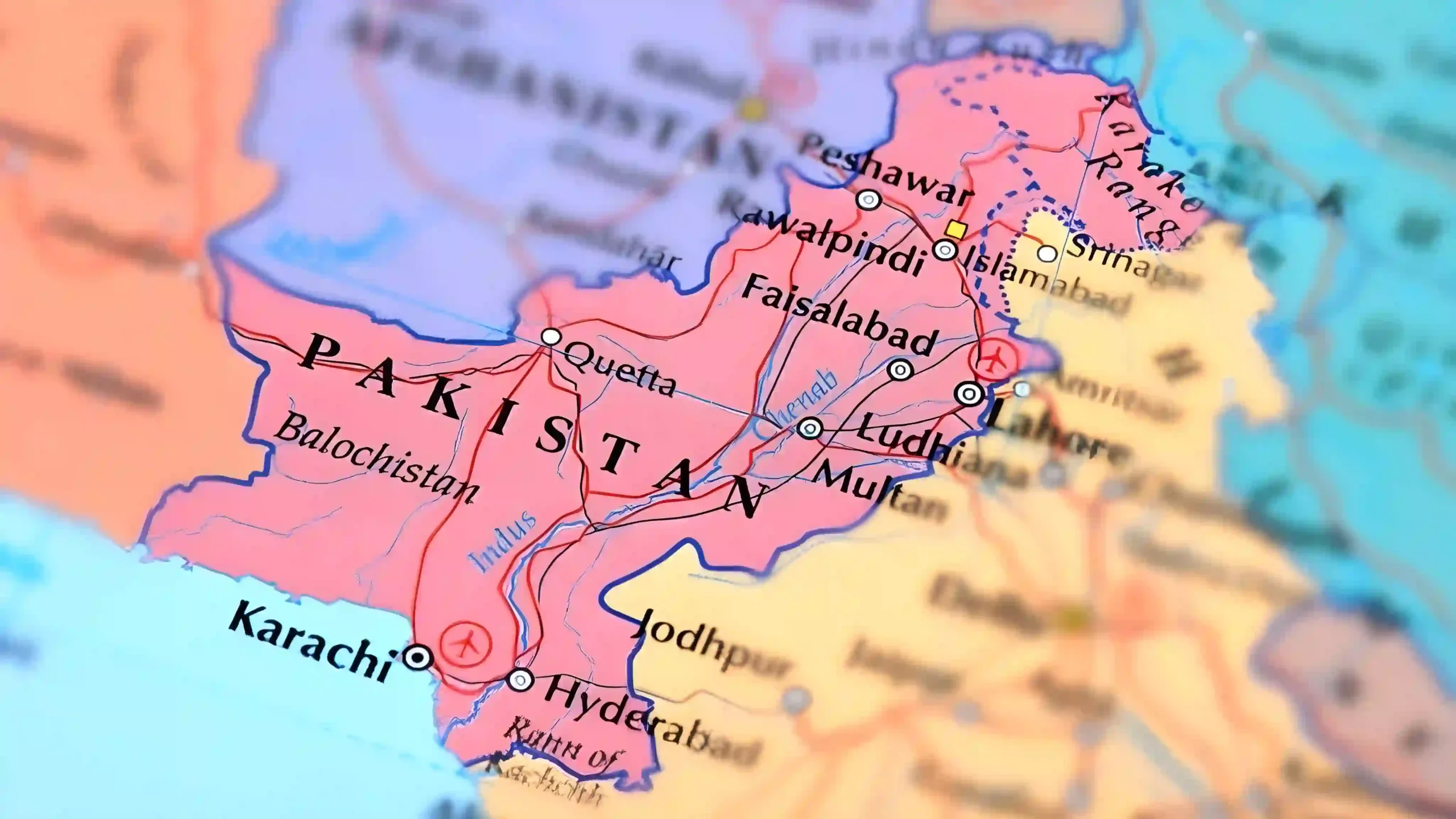
Welcome to Pakistan
Imagine a land where ancient civilizations meet the vibrancy of the modern world, where lush green valleys rest beside golden deserts, and towering mountains overlook bustling cities. This is Pakistan, a country blessed with rich history, culture, and natural beauty. From the majestic peaks of the Himalayas to the serene shores of the Arabian Sea, Pakistan is a country of breathtaking contrasts. But what truly sets Pakistan apart is its people–warm, resilient, and always welcoming.
In this comprehensive guide, we’ll take you on a journey through Pakistan’s fascinating history, diverse geography, vibrant culture, and hidden treasures. Whether you’re planning your first trip, seeking deeper knowledge, or just curious about this captivating land, this guide will open the doors to Pakistan’s heart and soul.
A Walk Through History: The Legacy of Pakistan
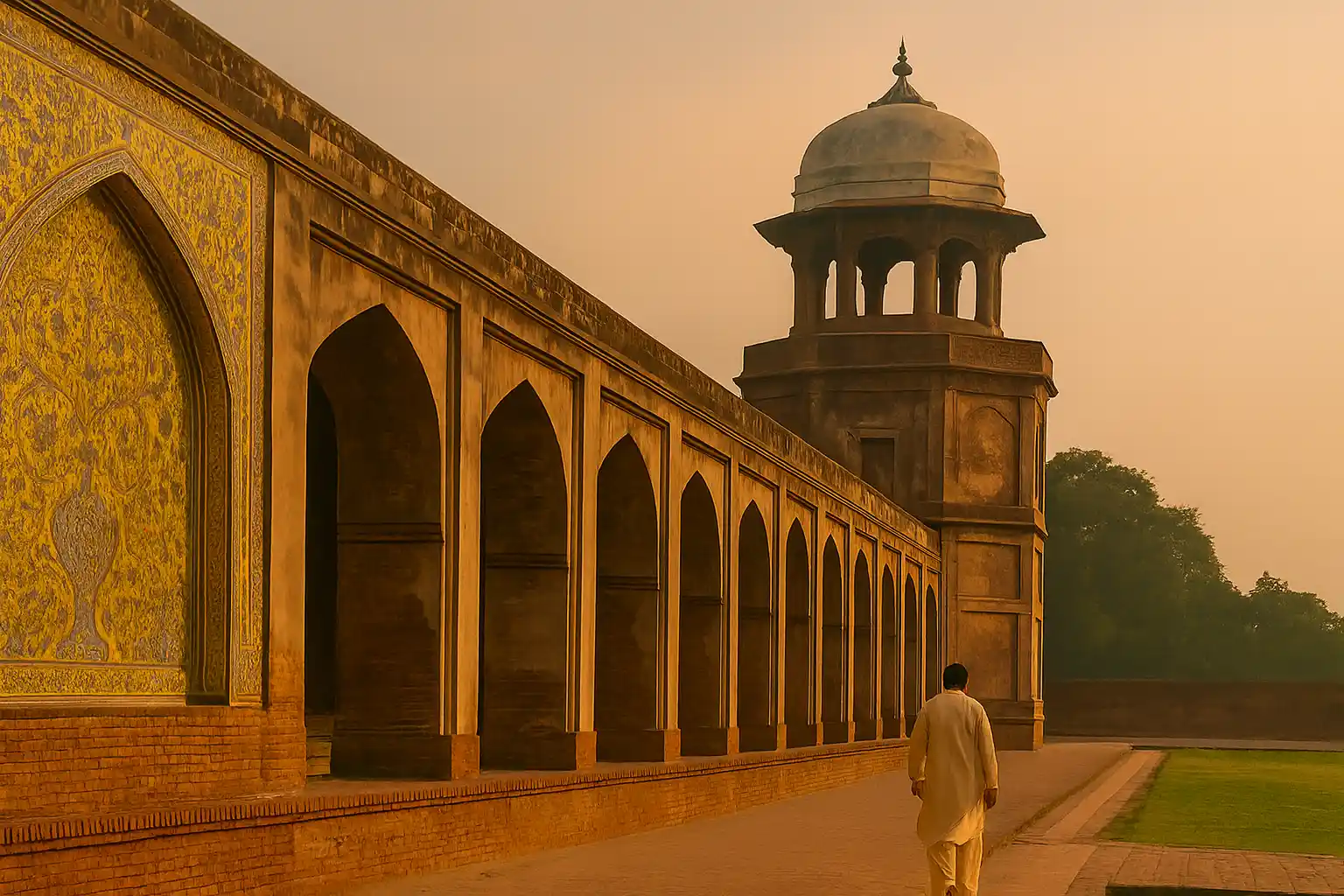
Pakistan’s story as a nation began on August 14, 1947, when it gained independence following the partition of British India. Conceived as a homeland for Muslims by the visionary Allama Muhammad Iqbal and brought to life by Quaid-e-Azam Muhammad Ali Jinnah, the creation of Pakistan symbolized both sacrifice and hope. It marked the birth of a nation rooted in the principles of justice, equality, and freedom.
Yet, the history of this land goes much deeper. Pakistan is built on the legacy of the Indus Valley Civilization (2600–1900 BCE), one of the world’s earliest and most advanced societies. Ancient cities like Mohenjo-Daro and Harappa were marvels of engineering with planned streets, drainage systems, and thriving trade, long before many other civilizations took shape. Over the centuries, Pakistan has served as a crossroads for various cultures—welcoming invaders, traders, and travelers from Alexander the Great to the Mughals, each contributing to its vibrant culture.
The modern state of Pakistan emerged from the vision of Allama Iqbal and the determination of Quaid-e-Azam Muhammad Ali Jinnah, who fought tirelessly for a homeland where Muslims could live in peace and freedom. It was a hard-fought victory that came with immense sacrifice, but it marked the birth of a nation full of hope and promise.
Fact: Pakistan became the First Nuclear Power in 1998 among all other Islamic Nations.
The Geographic of Pakistan: A Land of Contrasts
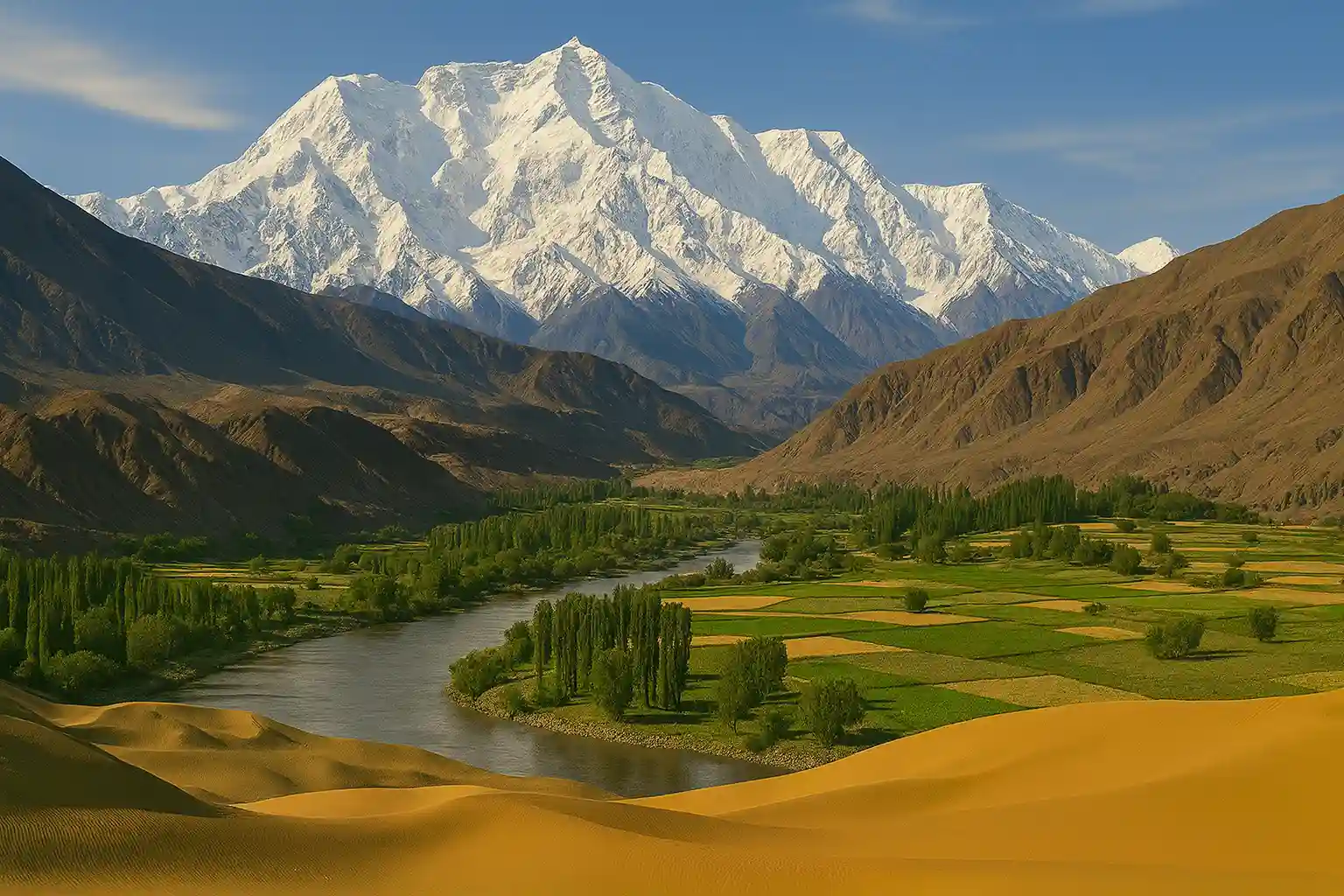
Pakistan is a land of astonishing geographical diversity, where nature wears many faces. From towering mountains and lush valleys to expansive deserts and bustling cities, each region offers its own unique charm.
- North Regions: The heart of Pakistan’s adventure tourism, home to five of the world’s 14 tallest peaks, including K2 and Nanga Parbat. The valleys of Hunza, Skardu, and Khaltaro Valley offer jaw-dropping views, glaciers, alpine meadows, and some of the best trekking routes in the world.
- The Plains: The fertile lands of the Indus Valley, which stretch across Punjab and Sindh, have earned Pakistan its nickname: “the breadbasket of South Asia”. These plains sustain millions of people and provide the majority of the country’s agricultural output.
- The Deserts: The Thar and Cholistan deserts offer a raw, untamed beauty, with camel caravans traversing the golden sands, ancient forts like Derawar standing proudly in the distance, and vibrant festivals held under the starlit skies.
- The Coastline: Pakistan’s 1,000 km Arabian Sea coastline is equally diverse, ranging from the urban beaches of Clifton in Karachi to untouched gems like Kund Malir and Ormara. It’s a paradise for beach lovers and adventure seekers alike.
Quick Fact: Pakistan is the 33rd largest country in the world, covering 881,913 km²—larger than Turkey or France. By mid-2025, its population is estimated at around 255 million, making it the fifth-most populous country globally.
Sources: Wikipedia and Worldometer
Provinces & Their Highlights: The Diversity of Pakistan
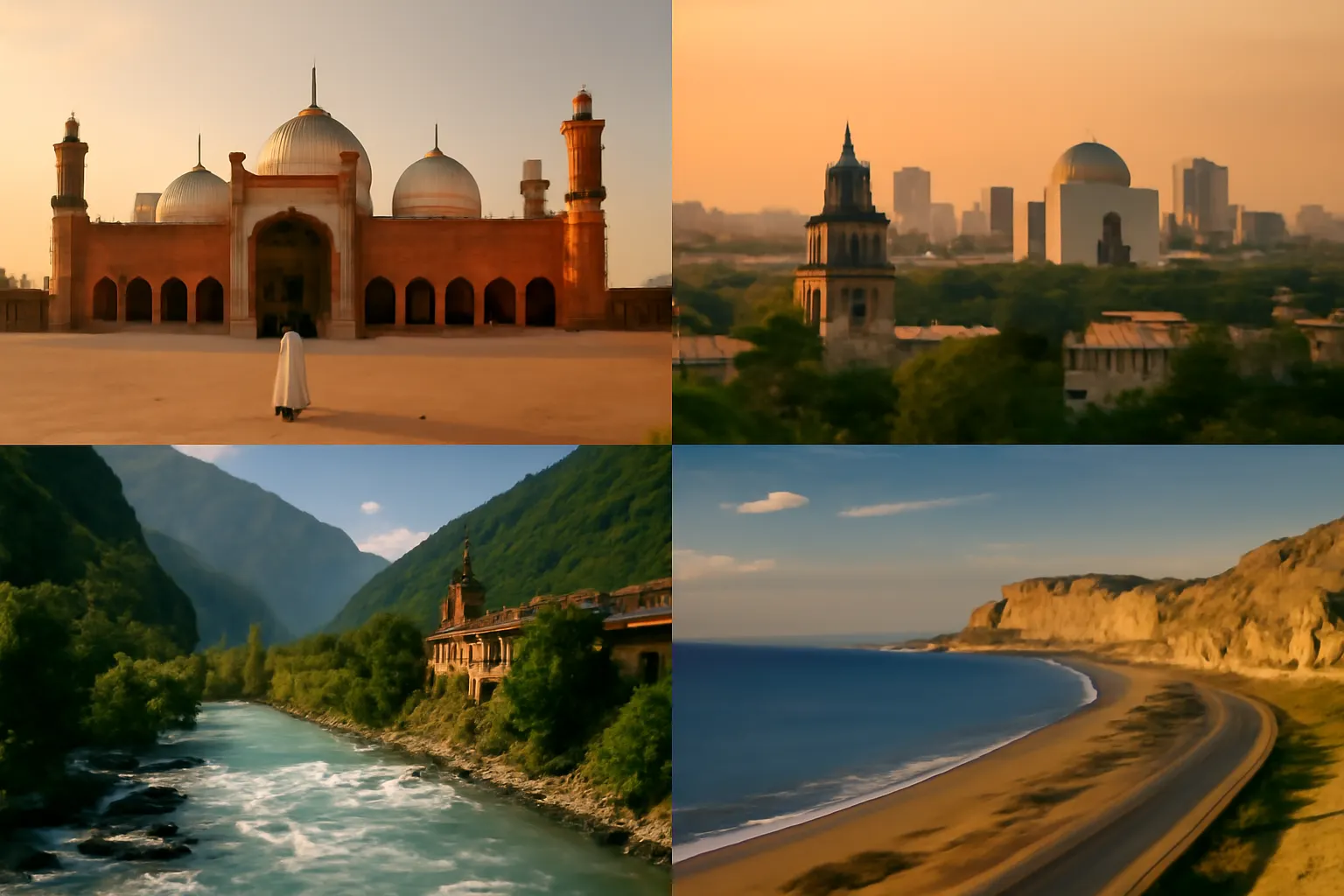
Each province in Pakistan offers a different experience, whether it’s the cultural heart of Lahore, the spiritual richness of Sindh, or the adventure-filled valleys of Khyber Pakhtunkhwa.
- Punjab: Known as the “Heart of Pakistan,” Punjab is home to Lahore, with its Mughal-era wonders like the Badshahi Mosque and Lahore Fort. The Cholistan Desert, with its ancient forts, is another must-visit.
- Sindh: Karachi, Pakistan’s largest city and financial capital, offers a mix of modern and historical sites. The ancient ruins of Mohenjo-Daro and the Shah Jahan Mosque in Thatta are also notable.
- Khyber Pakhtunkhwa (KPK): Famous for its rugged terrain, Swat Valley is known as the “Switzerland of the East,” and Peshawar’s bazaars offer a glimpse into Pashtun culture.
- Balochistan: Gwadar, with its pristine beaches and developing infrastructure, is poised to be a global trade hub. Ziarat, home to Quaid-e-Azam’s last residence, is surrounded by ancient juniper forests.
- Gilgit-Baltistan: Home to Hunza, Skardu, and Khaltaro Valley, this region offers some of the best trekking routes, including K2 and Nanga Parbat, and breathtaking natural beauty.
Seasons in Pakistan: A Year-Round Destination
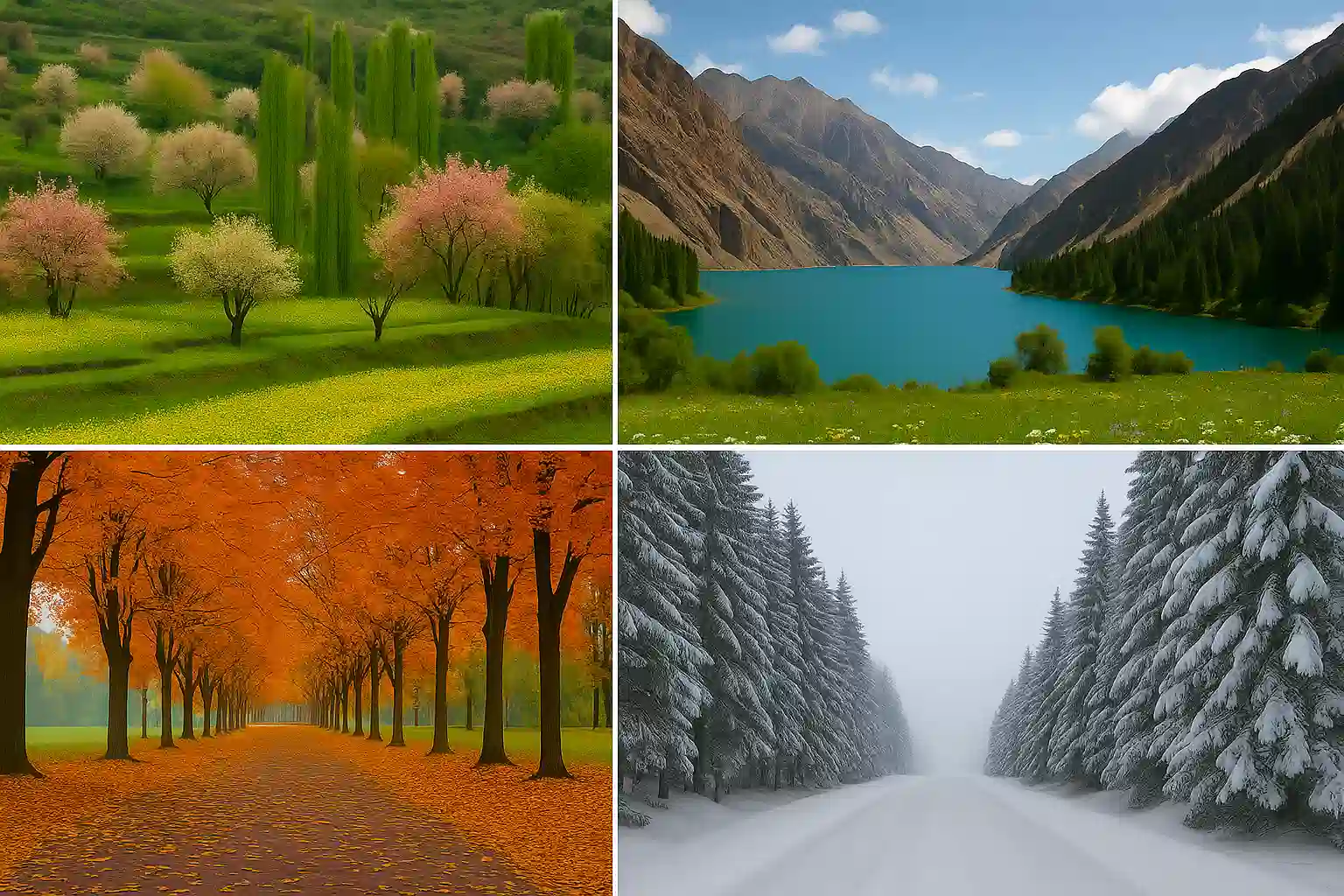
With a climate as diverse as its geography, Pakistan is a year-round destination.
- Spring (March–May): The country bursts into color, with fields of mustard flowers in Punjab, and cherry and apricot blossoms in the northern valleys. Cities like Lahore and Islamabad become gardens of roses and tulips.
- Summer (May–August): While the plains may be hot, the northern regions like Hunza, Gilgit, and Naran–Kaghan stay cool, with temperatures around 15–25°C—perfect for hiking and camping. Coastal regions like Karachi also offer cool sea breezes for beach lovers.
- Autumn (September–November): This is perhaps the most photogenic season in the north, with valleys like Hunza, Gilgit, and Phandar glowing in shades of red, orange, and gold. The weather is pleasant for sightseeing in cities like Lahore, Islamabad, and Peshawar.
- Winter (December–February): Snow blankets the northern regions, creating perfect conditions for skiing in areas like Malam Jabba and Naltar. The southern parts of Pakistan enjoy mild winters, ideal for exploring Karachi, Gwadar, and the desert festivals of Balochistan.
Travel Tip: If it’s your first visit to Pakistan, aim for spring or autumn for the best weather and natural beauty.
Minerals and Natural Resources of Pakistan
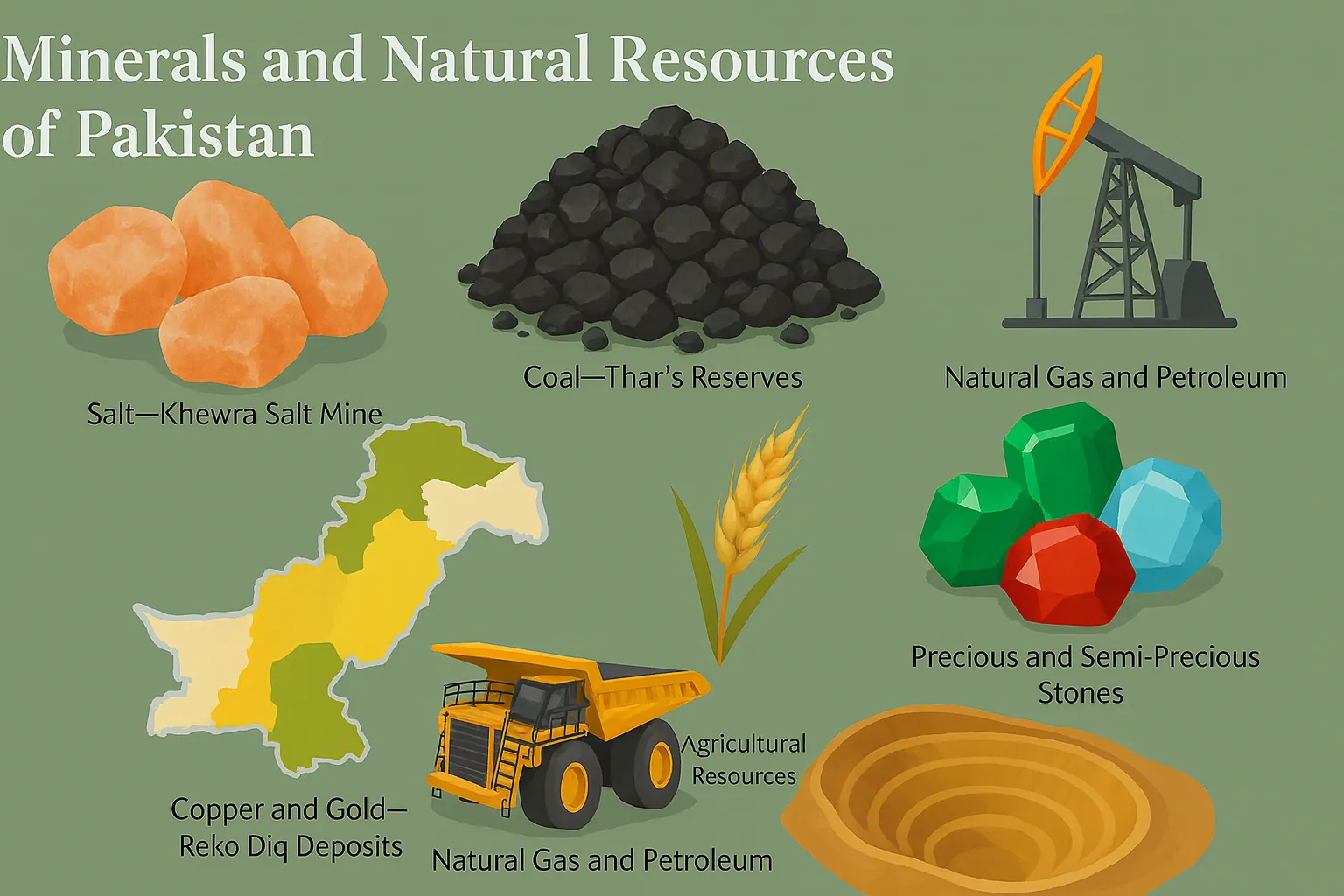
Pakistan is blessed with an abundance of natural resources that contribute significantly to its economy and industries. From energy reserves to precious stones, these resources provide employment, generate revenue, and support agriculture, construction, and technology sectors.
-
Salt – The World-Famous Himalayan Pink Salt
The Khewra Salt Mine in Punjab is the second-largest salt mine in the world, producing the famous Himalayan pink salt. This mineral is exported worldwide and is also used locally in food, health products, and decorative items.
-
Coal – Thar’s Vast Reserves
The Thar Desert in Sindh holds one of the largest coal reserves in the world, estimated at 175 billion tons. These reserves are a major source of energy for Pakistan, helping to reduce reliance on imported fuel.
-
Natural Gas and Petroleum
Balochistan and Sindh are rich in natural gas reserves, with the Sui Gas Field being one of the largest in South Asia. Along with petroleum exploration in various regions, these fuels play a vital role in Pakistan’s energy needs.
-
Copper and Gold – Reko Diq Deposits
Located in Balochistan, the Reko Diq mine is one of the world’s largest untapped reserves of gold and copper. This resource has the potential to transform Pakistan’s economy through mining and exports.
-
Agricultural Resources
Alongside minerals, Pakistan’s fertile plains make it one of the world’s largest producers of wheat, rice, sugarcane, and cotton. The Indus Basin irrigation system sustains this agricultural abundance, making farming the backbone of the country’s economy.
-
Precious and Semi-Precious Stones
The northern areas of Pakistan, especially Gilgit-Baltistan and Khyber Pakhtunkhwa, are famous for their precious stones such as emeralds, rubies, topaz, aquamarine, and peridot. These gems are highly valued both locally and internationally.
Economy of Pakistan
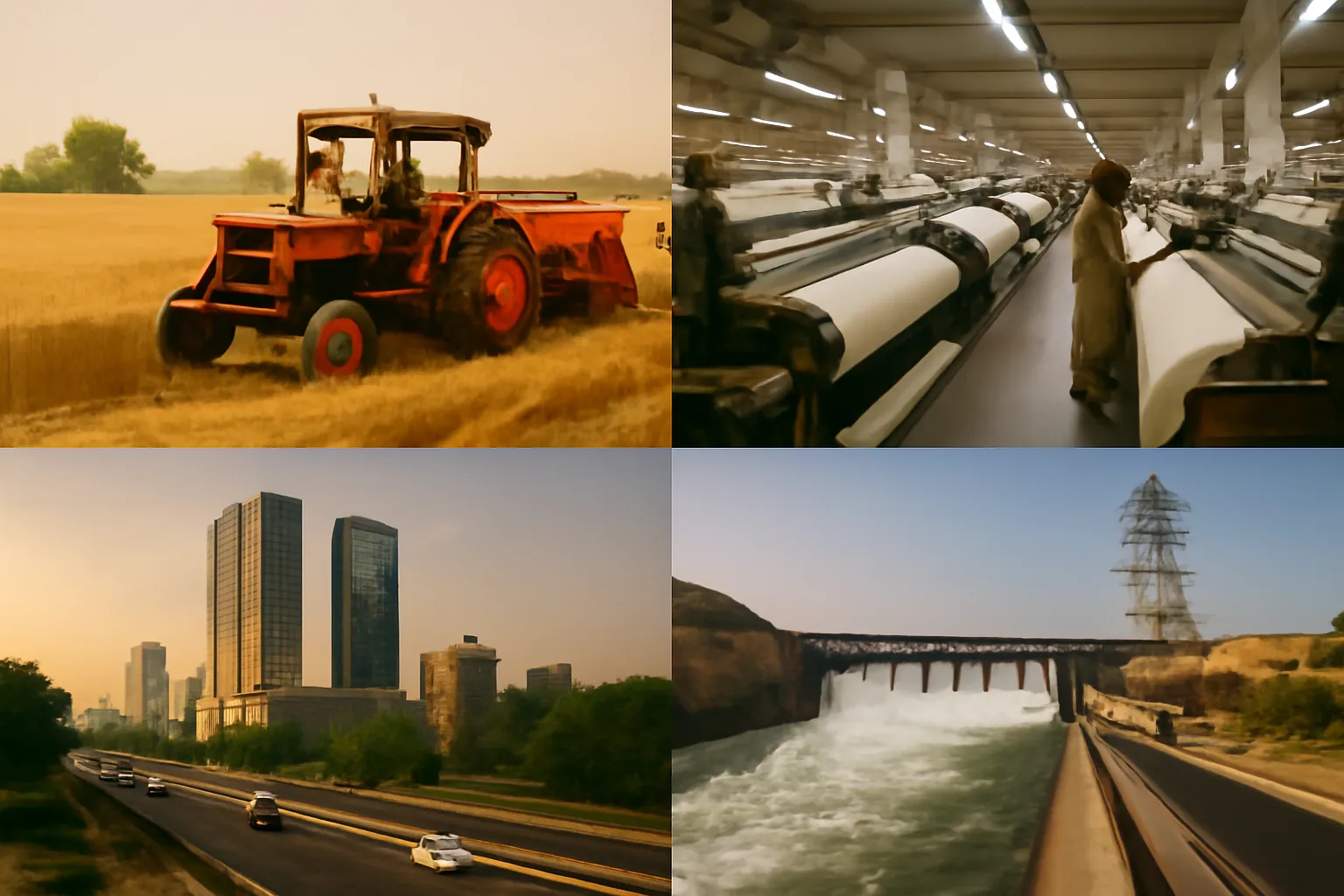
Pakistan has a mixed economy driven by agriculture, industry, and services. Despite challenges, sectors like textiles, IT, and remittances continue to play a vital role in growth.
-
Industry – Textiles and Manufacturing
The textile sector is Pakistan’s largest export industry making the country one of the top textile producers globally. Other key industries include cement, fertilizer, pharmaceuticals, and steel, which support both domestic demand and exports.
-
Agriculture – The Backbone of Growth
Agriculture employs about 40% of the population and contributes significantly to GDP. Punjab and Sindh produce wheat, rice, cotton, and sugarcane, while Pakistan is also known for exporting fruits like mangoes and citrus.
-
Services and IT – A Growing Force
The services sector makes up more than half of GDP. Banking, telecom, and trade dominate, while the IT industry is emerging strongly, with freelancers and startups gaining international recognition.
-
Remittances – A Strong Support System
Overseas Pakistanis send back billions of dollars annually, providing a major boost to household incomes and the national economy.
-
Infrastructure and Energy – Future Development
Mega projects like the China-Pakistan Economic Corridor (CPEC) are enhancing trade routes, energy generation, and infrastructure. Investments in renewable energy and dams aim to secure long-term stability.
The People & Culture of Pakistan
The real charm of Pakistan lies in its people. The warmth, resilience, and hospitality of the Pakistani people make every visit unforgettable. Sharing tea with strangers, offering help, or even inviting visitors to a meal—it’s all part of the day-to-day culture in Pakistan.
- Languages: Urdu is the national language, but regional languages such as Punjabi, Sindhi, Pashto, Balochi and Balti add layers of diversity to the cultural fabric of the country.
- Religion: While Islam is the majority religion, Pakistan is home to a variety of religious communities, including Hindus, Christians, and Sikhs, who all contribute to the country’s rich cultural tapestry.
Food & Festivals: A Feast for the Senses
Pakistani cuisine is as diverse as its people. Each region offers distinct flavors, ingredients, and culinary techniques
-
Food:
- Punjab: Rich, creamy Nihari, spicy Karahi, and refreshing Lassi
- Sindh: Flavor-packed Sindhi Biryani and fresh seafood curries from the coast.
- Khyber Pakhtunkhwa (KPK): Juicy Chapli Kebabs and aromatic Kabuli Pulao.
- Balochistan: Smoky Sajji, lamb slow-roasted to perfection over open flames.
-
Festivals:
Festivals in Pakistan are equally vibrant and celebrate both religious and cultural heritage:- Eid-ul-Fitr: A joyous celebration marked by prayers, feasts, and family gatherings.
- Eid-ul-Adha: Celebrated nationwide with prayers, feasts, and charity.
- Shandur Polo Festival: The world’s highest polo ground hosts thrilling matches and lively festivities.
- Chilam Joshi Festival: The Kalash people celebrate spring with music, dancing, and rituals.
Craftsmanship and Artisans: A Legacy of Tradition
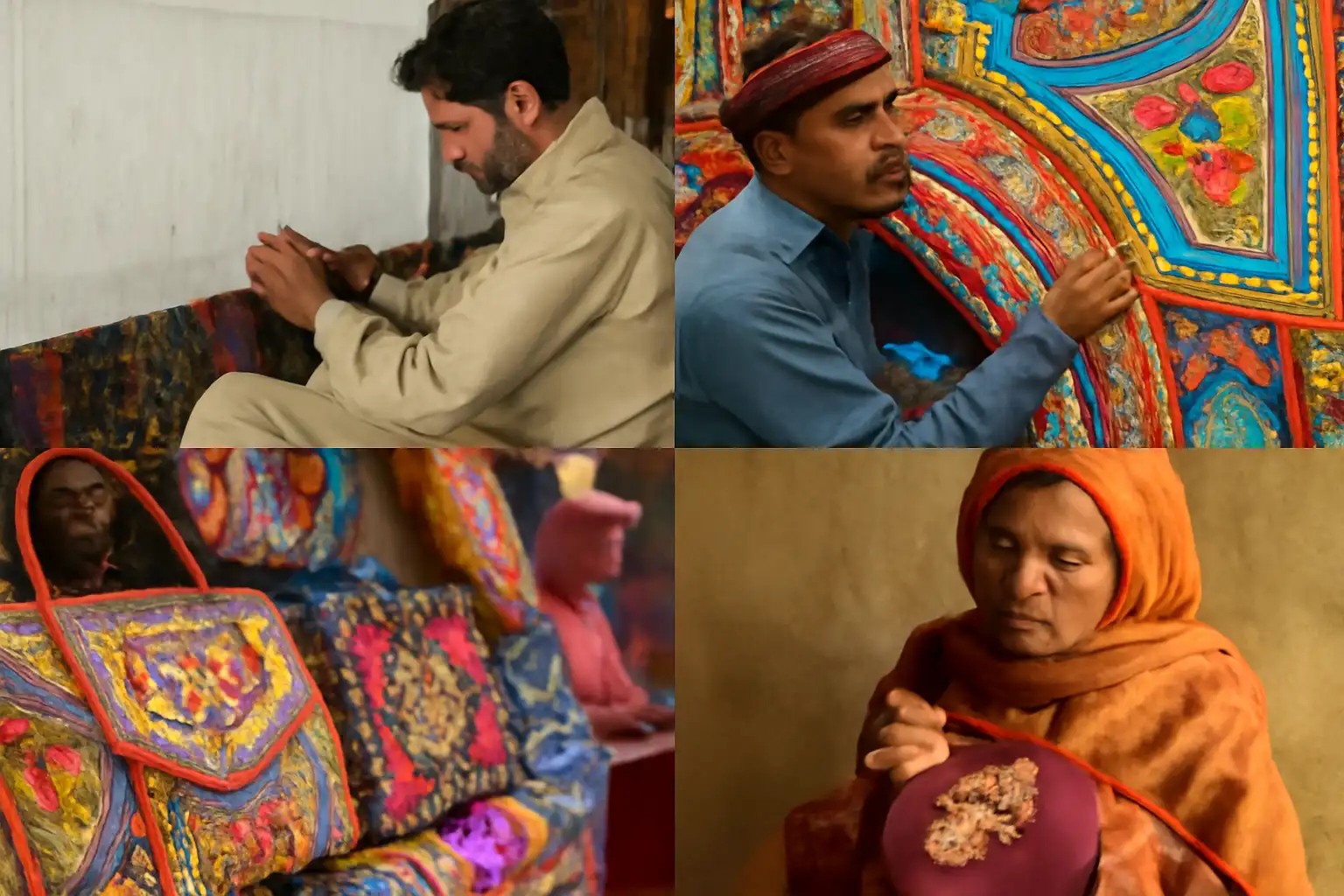
Pakistan has a rich tradition of craftsmanship, with artisans producing masterpieces that reflect the country’s diverse culture. From intricate handwoven carpets to vibrant truck art and detailed embroidery, Pakistan’s artisans have a long history of excellence. These crafts, passed down through generations, are not just a part of Pakistan’s heritage but also a growing industry in the global market.
Fun Fact: Pakistan’s handmade products, such as carpets and textiles, are sought after worldwide, showcasing the country’s dedication to preserving its artisanal heritage.
Pakistan’s Growing Tourism Scene
Tourism in Pakistan is on the rise, with increasing numbers of both international and domestic visitors. In 2024, Pakistan’s regions have reported significant growth in tourism, with Gilgit-Baltistan and Khyber Pakhtunkhwa (KP) leading the way in attracting international tourists due to their stunning landscapes, trekking routes, and rich cultural heritage.
Here’s a closer look at the regional tourism trends:
1.Adventure Travel: Exploring the Peaks and Valleys
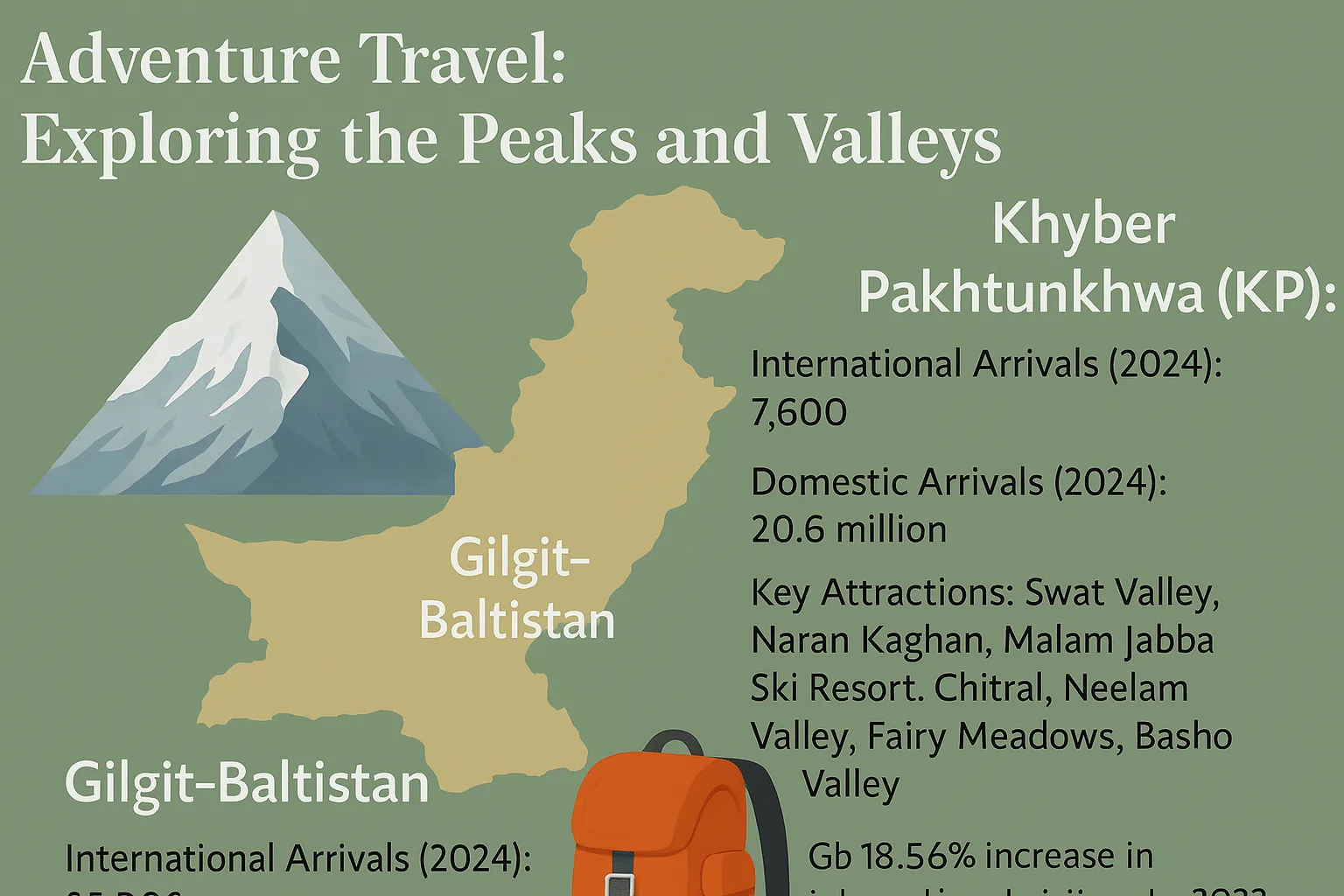
The Northern regions, especially Gilgit-Baltistan and Khyber Pakhtunkhwa, dominate adventure tourism. These areas are home to some of the world’s highest mountains, including K2, which attracts climbers and trekkers from around the globe.
-
Gilgit-Baltistan:
- International Arrivals (2024): 25,000
- Domestic Arrivals (2024): 2-3 million
- Key Attractions: Hunza Valley, Skardu, Deosai National Park
- Growth: 121% increase in international visitors compared to 2023, with a focus on trekking and eco-tourism.
- (Sources: Pamir Times, Visit Gilgit Baltistan, The News)
- International Arrivals (2024): 25,000
-
Khyber Pakhtunkhwa (KP):
- International Arrivals (2024): 7,600
- Domestic Arrivals (2024): 20.6 million
- Key Attractions: Swat Valley, Naran Kaghan, Malam Jabba Ski Resort, Chitral, Neelam Valley, Fairy Meadows, Basho Valley.
- Growth: 18.5% increase in international visitors from 2023, with a rise in eco-tourism and adventure activities.
- Sources: Travel and Tour World, Tribune
- International Arrivals (2024): 7,600
Explore Adventure Activities hosted by Pakistan from our blog: Adventure in Pakistan: Exploring the Wild Heart of South Asia
2. Heritage & Religious Tourism: Immersing in Culture and History
Punjab and Sindh are central to Pakistan’s heritage tourism, offering a blend of cultural landmarks, religious pilgrimage sites, and historical ruins.
-
Punjab:
- International Arrivals (2024): Estimated between 200,000 – 300,000
- Domestic Arrivals (2024): 10-15 million
- Key Attractions: Lahore Fort, Badshahi Mosque, Sikh pilgrimage sites, Wagah Border
- Growth: A significant increase in religious tourism, with millions of pilgrims visiting annually, especially from the Sikh community.
- Sources: Pakistan Tour and Travel, Statista, PTDC, UN Tourism
- International Arrivals (2024): Estimated between 200,000 – 300,000
-
Sindh:
- International Arrivals (2024): 50,000 – 100,000
- Domestic Arrivals (2024): 5-7 million
- Key Attractions: Mohenjo-Daro, Sufi shrines like Shah Abdul Latif Bhitai, Karachi beaches
- Challenges: Underdeveloped infrastructure and security concerns, but steadily growing focus on adventure and rural tourism.
- Sources: Statista, PTDC, Tribune
- International Arrivals (2024): 50,000 – 100,000
3. Eco-Tourism: Nature’s Retreats
The pristine valleys of Gilgit-Baltistan, Azad Kashmir, and KP are perfect for eco-tourism, drawing travelers seeking natural beauty, tranquility, and outdoor activities like trekking and wildlife spotting.
-
Azad Kashmir:
- International Arrivals (2024): 100,000 – 150,000
- Domestic Arrivals (2024): 5 million+
- Key Attractions: Neelum Valley, Pir Chinasi, Taobat, Ratti Gali Lake
- Growth: Increased interest in adventure tourism, particularly for trekking and nature exploration.
- International Arrivals (2024): 100,000 – 150,000
-
Gilgit-Baltistan:
4. Beach & Coastal Tourism: Hidden Coastal Treasures
Pakistan’s 1,000 km coastline along the Arabian Sea is increasingly being explored by beach lovers and adventure tourists. While Balochistan and Karachi lead this trend, infrastructure challenges remain in certain areas.
-
Balochistan:
- International Arrivals (2024): 10,000 – 20,000 (mostly coastal)
- Domestic Arrivals (2024): 1-2 million
- Key Attractions: Gwadar, Hingol National Park, Makran Coast, Beaches
- Challenges: Security concerns limit access, but government initiatives are promoting tourism.
- International Arrivals (2024): 10,000 – 20,000 (mostly coastal)
-
Karachi:
Incredible Facts About Pakistan
Pakistan is home to some of the world’s most astonishing natural and man-made wonders. From the towering peaks of the Karakoram Range to historical sites that tell the story of civilizations past, the country boasts a wide array of landmarks, rankings, and records that make it unique. Here are some of the fascinating facts that contribute to Pakistan’s rich heritage:
1.Historical Sites of Pakistan
Pakistan’s land has witnessed the rise and fall of great civilizations, from the Indus Valley to the Mughal Empire. Its historical sites reflect centuries of architectural brilliance, spiritual depth, and cultural evolution. These landmarks stand as living testaments to the country’s rich past.
-
Ranikot Fort – The Largest Fort by Circumference:
- International Arrivals (2024): 10,000 – 20,000 (mostly coastal)
- Domestic Arrivals (2024): 1-2 million
- Key Attractions: Gwadar, Hingol National Park, Makran Coast, Beaches
- Challenges: Security concerns limit access, but government initiatives are promoting tourism.
- International Arrivals (2024): 10,000 – 20,000 (mostly coastal)
-
Makli Necropolis – A UNESCO World Heritage Site:
- The Makli Necropolis in Thatta, Sindh, is one of the largest cemeteries in the world. Spanning over 10 km, it houses 500,000 to 1 million tombs of rulers, saints, scholars, and noble families. Listed as a UNESCO World Heritage Site, it stands as a testament to Pakistan’s spiritual and architectural legacy.
-
Badshahi Mosque – A Mughal-Era Masterpiece:
- Built in 1673 by Emperor Aurangzeb, the Badshahi Mosque in Lahore is a jewel of Mughal architecture. With its red sandstone structure and massive courtyard, it can host thousands of worshippers at once. As the 5th largest mosque in the world by area, it remains a symbol of Lahore’s rich historical grandeur.
2.Cultural Landmarks of Pakistan
Beyond history, Pakistan thrives on living traditions, vibrant festivals, and cultural icons that bring people together. These landmarks represent the spirit, faith, and hospitality of the nation, blending heritage with modern identity.
-
Faisal Mosque – A Modern Icon of Faith:
- In Islamabad, the Faisal Mosque combines modern design with spiritual significance. Its tent-inspired structure, 5,000 sq. meter prayer hall, and capacity for 300,000 worshippers make it one of the largest mosques in the world. It reflects Pakistan’s cultural identity in a contemporary form.
-
Shandur Polo Ground – The World’s Highest Polo Field:
- Located in Chitral, Khyber Pakhtunkhwa, at 3,700 meters above sea level, the Shandur Polo Ground is the highest polo field in the world. Each summer, the Shandur Polo Festival is held here, where local teams compete in thrilling matches. Beyond the sport, it’s a cultural celebration filled with music, dance, and traditions.
3.Infrastructure Marvels of Pakistan
Pakistan’s landscape is not only shaped by nature but also by remarkable feats of human engineering. From record-breaking roads and dams to vast irrigation systems, the country’s infrastructure highlights both resilience and ingenuity. These projects have played a vital role in connecting regions, boosting trade, and sustaining millions of lives.
-
Karakoram Highway (KKH) – The Highest Paved International Road:
- Stretching 1,300 km from Gilgit-Baltistan to the China border, the Karakoram Highway (KKH) is the highest paved international road in the world. Reaching an altitude of 4,714 meters, it is often called the “Eighth Wonder of the World” due to its challenging construction and breathtaking mountain views.
-
Khewra Salt Mine – The Second Largest Salt Mine:
- Located in Punjab’s Salt Range, the Khewra Salt Mine is the second-largest salt mine on Earth. Spanning more than 110 square kilometers, it is famous for its unique pink salt deposits that have been extracted for over 600 million years.
-
Tarbela Dam – The Largest Earth-Filled Dam by Volume:
- Built on the Indus River in Khyber Pakhtunkhwa, the Tarbela Dam is the world’s largest earth-filled dam by volume. Its reservoir holds an impressive 13.69 cubic kilometers of water, making it a cornerstone of Pakistan’s irrigation system, water storage, and hydroelectric power generation.
-
Indus Basin Irrigation System – The Largest Contiguous Irrigation Network:
- Covering an area of 16 million hectares with 56,000 km of canals, the Indus Basin Irrigation System is the largest continuous irrigation network in the world. It has been the backbone of Pakistan’s agricultural economy, especially in Punjab and Sindh, for centuries.
-
Khunjerab Pass – The Highest Border Crossing:
- At an elevation of 4,693 meters above sea level, the Khunjerab Pass connects Pakistan with China. It is the highest border crossing in the world and serves as a crucial gateway for trade, tourism, and cultural exchange, offering stunning views of the Karakoram Range.
-
Fort Munro – Second Largest Steel Bridge in Asia:
- Stretching across the rugged Sulaiman Mountain Range in Southern Punjab, the Fort Munro Steel Bridge is a modern engineering wonder of Pakistan. Built to improve connectivity to the region’s only hill station, it is considered the second-largest steel bridge in Asia. With its vast steel structure and strategic design, the bridge not only makes travel safer and faster through the mountains but also stands as a symbol of Pakistan’s progress in infrastructure and regional development.
4.Natural Features of Pakistan: A Land of Beauty
-
Mountains: Roof of the World
Pakistan is home to some of the most dramatic mountain ranges on Earth. The Karakoram, Himalayas, and Hindu Kush converge here, creating a paradise for trekkers, climbers, and nature lovers.
- K2 (8,611 m): The world’s second-highest peak, often called the “Savage Mountain” for its difficulty.
- Nanga Parbat (8,126 m): Known as the “Killer Mountain,” it boasts the tallest mountain face on Earth — Fairy Meadows.
- Rakaposhi (7,788 m): Famous for its breathtaking view from Hunza Valley.
- Tirich Mir (7,708 m): The highest peak of the Hindu Kush range, visible from Chitral.
Together, these mountains not only attract adventurers but also serve as a vital source of glaciers that feed Pakistan’s rivers.
-
Valleys: Nature’s Paradise
The valleys of Pakistan are jewels nestled between towering peaks, offering breathtaking scenery and unique cultural experiences.- Hunza Valley: Known for its serene beauty, apricot blossoms, and welcoming locals.
- Skardu Valley: The gateway to K2 and other mighty peaks, with mesmerizing lakes like Shangrila and Satpara.
- Swat Valley: Called the “Switzerland of the East,” with lush meadows and rivers.
- Neelum Valley: Famous for its emerald rivers, waterfalls, and pine forests.
- Naran Kaghan: Known for its stunning lakes, lush meadows, and cool summer weather.
- Basho Valley: A serene retreat with green meadows, clear rivers, and towering peaks.
These valleys are not only tourist hubs but also represent Pakistan’s hospitality and natural charm
- Deserts: Golden Wilderness
Pakistan’s deserts reflect its contrasting geography, where golden sands stretch endlessly under starry skies.
- Cholistan Desert: Known for the Derawar Fort and its traditional jeep rallies.
- Thar Desert: One of the world’s largest deserts, rich in culture and folklore.
- Kharan Desert: A remote wilderness with fascinating geological formations.
- Katpana Desert: Known for its high-altitude sand dunes and stunning views in Skardu.
- Sarfaranga Cold Desert: A unique cold desert with mesmerizing landscapes and a chilling climate.
Despite their harshness, these deserts host festivals, camel caravans, and centuries-old traditions.
-
Rivers: Lifelines of the Nation
Rivers have always been the lifeline of Pakistan, shaping civilizations, supporting agriculture, and providing water resources for millions of people. The country’s river system is dominated by the Indus and its tributaries, which together form one of the largest irrigation networks in the world.
- Indus River – The Lifeline of Pakistan: The Indus River, stretching about 3,180 km, is Pakistan’s longest and most important river. It originates in Tibet, near Lake Mansarovar, flows through Ladakh and Gilgit-Baltistan, and travels the length of Pakistan before emptying into the Arabian Sea near Karachi. The Indus not only sustained the ancient Indus Valley Civilization but continues to support Pakistan’s agriculture and water needs today.
- Jhelum River – From Kashmir to Punjab: The Jhelum River rises from a spring at Verinag in Indian-administered Kashmir, flows through the scenic valley of Kashmir, enters Pakistan, and joins the Chenab River near Trimmu in Punjab. It is historically famous as the site of Alexander the Great’s battle with King Porus.
- Chenab River – The Mighty Tributary: Originating in the Himalayas of Himachal Pradesh, India, the Chenab River enters Punjab and merges with the Sutlej River, eventually joining the Indus. It is one of the most powerful rivers in the system and is crucial for irrigation and hydropower projects in Punjab.
- Ravi River – The River of Lahore: The Ravi River begins in the Himalayan foothills of Himachal Pradesh, India, flows through Lahore, and then meets the Chenab River in Pakistan. Historically known as the “River of Lahore,” it holds cultural importance but has seen reduced flow due to water treaties and diversion.
- Sutlej River – The Longest of the Five Rivers: The Sutlej River originates from Lake Rakshastal in Tibet, flows through Himachal Pradesh, enters Pakistan’s Punjab, and eventually merges with the Chenab River at Uch Sharif, before joining the Indus. It is the longest of the five rivers of Punjab and plays a vital role in the region’s agriculture.
- Kabul River – Enriching the Peshawar Valley: The Kabul River starts in the Hindu Kush mountains near Kabul, Afghanistan, flows eastward, enters Pakistan through Khyber Pakhtunkhwa, and merges with the Indus River near Attock. It sustains the fertile Peshawar Valley and is key to the province’s agriculture and livelihoods.
These rivers support agriculture, hydroelectric power, and biodiversity across the country.
-
Plains: The Breadbasket of South Asia
- The Indus Plains spread across Punjab and Sindh, making them the most fertile regions of Pakistan. Known as the country’s “breadbasket” these plains produce wheat, rice, sugarcane, and cotton.
- Punjabs plains are dotted with historic cities like Lahore and Multan.
- Sindh plains merge into the delta of the Indus, supporting both agriculture and fishing communities.
The richness of these plains has sustained civilizations for thousands of years and continues to fuel Pakistan’s economy.
Explore More about Provinces Of Pakistan: Punjab, Sindh
Conclusion: A Land of Endless Wonders
Pakistan, a land of captivating contrasts, invites you to experience its majestic mountains, sprawling deserts, serene valleys, and bustling cities. From the historical treasures of the Indus Valley to the modern energy of its thriving metropolises, Pakistan offers an enriching journey for every traveler. Whether you’re an adventure seeker exploring the peaks of K2, a history enthusiast tracing the steps of ancient civilizations, or a culture lover indulging in the rich traditions, Pakistan welcomes you with open arms.
With its growing tourism scene, diverse natural resources, and a resilient people, Pakistan is poised to shine brighter on the world stage. Whether you’re visiting for a vacation, seeking knowledge, or exploring business opportunities, this dynamic country has something to offer everyone.
So, pack your bags, take a step into the heart of Pakistan, and discover the magic of this enchanting land that seamlessly blends the old with the new, the natural with the man-made, and the diverse with the unified.
✨ To truly understand Pakistan is to journey through its lands, people, and stories. Explore more of what makes this country extraordinary:
-
Dive into Punjab’s vibrant heart: Punjab – The Heart of Pakistan
-
Wander the landscapes and spirit of Sindh: Explore Sindh
-
Gateway To Mountains & Culture → Khyber Pakhtunkhwa
-
Seek out adventure in every corner with Adventure in Pakistan
Let every blog guide you to new horizons—lands to explore, stories to live, and beauty to share.
Visit Pakistan. Explore the unseen. Experience the unforgettable.
Frequently Asked Questions
Q1: What is the history of Pakistan, and how far back does it go?
Ans: Pakistan’s history is deeply rooted in the Indus Valley Civilization (c. 2600–1900 BCE), one of the world’s earliest urban civilizations. Over time, the region saw the rise of Buddhism, Islamic empires, and the grandeur of the Mughal era. Finally, after decades of political struggle, Pakistan was created as an independent state in 1947.
Q2: Who were the key figures in Pakistan’s independence?
Ans: Two figures stand out: Allama Muhammad Iqbal, the visionary poet-philosopher who dreamed of a separate homeland, and Quaid-e-Azam Muhammad Ali Jinnah, the leader who turned that vision into reality by leading the independence movement.
Q3: Who was the writer of the National Anthem of Pakistan?
Ans: The national anthem was penned by Hafeez Jalandhari in 1952. His powerful verses reflect unity, patriotism, and faith. It was officially adopted as the anthem in 1954.
Q4: What are the major historical sites to visit in Pakistan?
Ans: Visitors can explore the ancient ruins of Mohenjo-Daro and Harappa, admire Mughal masterpieces like the Lahore Fort and Badshahi Mosque, or wander through the vast Makli Necropolis, one of the largest graveyards in the world.
Q5: Why is Pakistan’s geography considered so diverse?
Ans: Few countries offer as much variety: the towering peaks of K2 and Nanga Parbat, lush valleys like Hunza and Swat, wide deserts like the Thar and Cholistan, fertile plains of Punjab, and a stunning 1,000 km Arabian Sea coastline.
Q6: What is the best time to visit Pakistan?
Ans: The best seasons are spring (March–May), when northern valleys bloom with flowers, and autumn (September–November), when the weather is cool and skies are clear—ideal for trekking and sightseeing.
Q7: What are the must-visit valleys and mountains in Pakistan?
Ans: Tourists are drawn to Hunza, Neelum, Swat, Chitral, and Naran Kaghan valleys, each offering breathtaking landscapes. Adventure seekers often aim for the legendary peaks K2, Nanga Parbat, and Rakaposhi.
Q8: What is Pakistani culture like?
Ans: It’s a vibrant blend of languages, traditions, hospitality, and artistry. From Urdu poetry to Punjabi bhangra, Sindhi ajrak, Pashtun hujras, and Balochi embroidery, Pakistan’s culture is colorful, diverse, and welcoming.
Q9: What foods should travelers try in Pakistan?
Ans: Food is a highlight of any trip. Try Nihari for breakfast, Biryani and Karahi for lunch or dinner, Chapli Kebab and Sajji for regional flavors, and street snacks like samosas, gol gappay, and chaat for an authentic experience.
Q10: What festivals are celebrated in Pakistan?
Ans: The biggest religious celebrations are Eid-ul-Fitr and Eid-ul-Adha, but Pakistan also hosts cultural events like the Shandur Polo Festival in Gilgit-Baltistan and the Chilam Joshi festival of the Kalash people.
Q11: What makes each province of Pakistan unique?
- Punjab: Land of Mughal heritage, Sufi shrines, and fertile agriculture
- Sindh: Home to Karachi’s coastline and ancient Indus Valley sites
- Khyber Pakhtunkhwa (KPK): Known for mountain scenery, bazaars, and history
- Balochistan: Deserts, the Gwadar coast, and untouched natural beauty
- Gilgit-Baltistan: Gateway to the Himalayas and Karakoram with world-class trekking
Q12: Is Pakistan safe for tourists?
Ans: Yes, especially in popular areas like Hunza, Skardu, Lahore, and Islamabad. Tourists are often surprised by the warm hospitality. Following simple precautions like dressing modestly and keeping updated on advisories ensures a smooth trip.
Q13: Why is Pakistan becoming a rising travel destination?
Ans: It offers history, culture, adventure, and untouched landscapes all in one place. From trekking in the world’s highest mountains to exploring Mughal architecture and enjoying vibrant festivals, Pakistan is quickly gaining global recognition as a hidden gem.
Q14: What are some incredible facts about Pakistan?
- It hosts K2, the world’s 2nd highest mountain (8,611 m)
- The Karakoram Highway is the world’s highest paved international road
- The Khewra Salt Mine is the 2nd largest in the world
- The Tarbela Dam is the largest earth-filled dam globally
- The Indus Basin Irrigation System is the world’s largest irrigation network
Q15: What natural resources is Pakistan rich in?
Ans: Pakistan is blessed with Himalayan pink salt, coal, natural gas, copper, gold (Reko Diq), oil reserves, and precious gemstones like emeralds, rubies, and aquamarine.
Q16: What drives Pakistan’s economy?
Ans: The economy is powered by agriculture (wheat, rice, cotton), textiles, IT services, overseas remittances, and major infrastructure projects like CPEC, which are reshaping trade and connectivity.

